Why Renewed Interest In Johor Will Not Help All Investors In The Iskandar Region
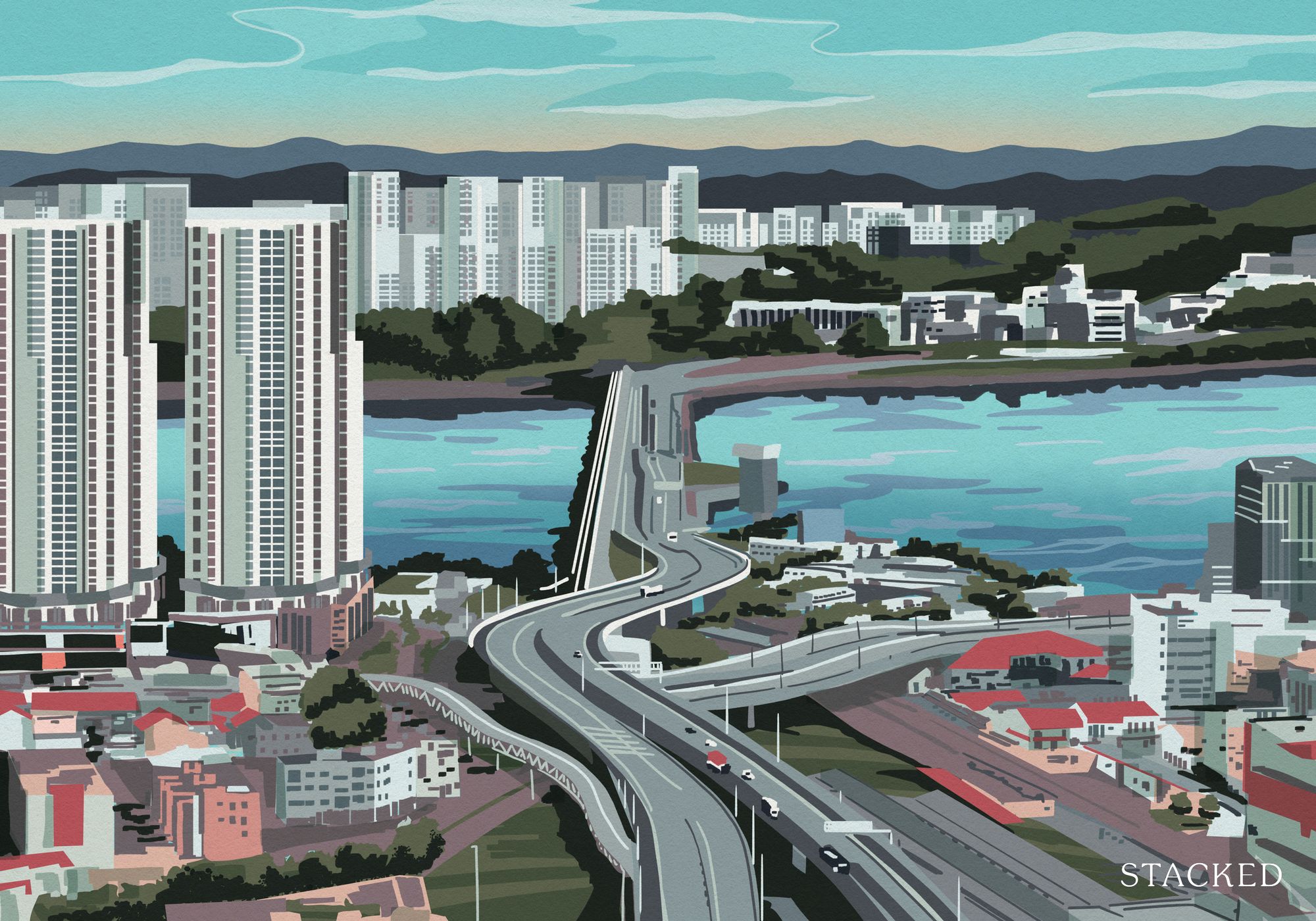
Get The Property Insights Serious Buyers Read First: Join 50,000+ readers who rely on our weekly breakdowns of Singapore’s property market.
A seasoned content strategist with over 17 years in the real estate and financial journalism sectors, Ryan has built a reputation for transforming complex industry jargon into accessible knowledge. With a track record of writing and editing for leading financial platforms and publications, Ryan's expertise has been recognised across various media outlets. His role as a former content editor for 99.co and a co-host for CNA 938's Open House programme underscores his commitment to providing valuable insights into the property market.
Back in the mid-2000s, the launch of Iskandar Malaysia was touted as the next big thing for Singaporean property buyers. Developers pitched gleaming waterfront condos, entire new townships, and the promise of Johor Bahru becoming a “second Singapore.” Many rushed in, only to watch prices stagnate or fall as oversupply, poor connectivity, and weak rental demand took hold. One particular turning point was homebuyers backing out of Prive Medini, which at the time was a headline project. Some investors stayed the course, but ended up sitting on units they could neither rent out nor resell without losses.
Fast forward to 2025, though, and Johor is back in the spotlight. The long-awaited RTS Link connecting JB and Woodlands is due to be operational by January 2027, and Singapore and Malaysia have just inked plans for a Special Economic Zone (SEZ) spanning both sides of the Causeway. Cross-border commuting could become easier than ever; and with the ease and cost of doing business to improve, there are clear commercial benefits.
But does this mean that those who once bought into the wrong Iskandar project might finally see a turnaround? Or are today’s opportunities limited to new buyers entering a wholly different market?
First, a quick explanation of what went wrong “the last time” with Iskandar Malaysia:
Back in 2006, the Malaysian government launched Iskandar Malaysia (aka the South Johor Economic Region). This was intended to be a special economic corridor covering Johor Bahru, Iskandar Puteri (aka Nusajaya), and surrounding areas.
The initiative was meant to draw in massive infrastructure investment via tax incentives and new townships. This would help propel Johor into a regional hub for commerce.
Speaking of investors, Singaporeans were a natural target to sell this idea to: marketing campaigns highlighted lower property prices in Johor (something that still hasn’t changed today), serviced apartments and condos near the causeway, and the usual projections of high capital appreciation.
High‑end projects such as Danga Bay, Iskandar Puteri/Medini, Puteri Harbour, and later Forest City were aimed primarily at Singaporeans, and later at investors from China.
Iskandar’s boom years were somewhere between 2006 to 2014; and even local realtors felt the competition from across the causeway. Note that 2013 was a property market peak for Singapore, and cooling measures followed soon after – so this was a further incentive to look abroad.
Also, Malaysian authorities were approving large integrated resorts and satellite townships, which built a sense of security.
The bust arrived in 2014/15
In May 2014, Johor introduced strict guidelines on foreign property ownership that dramatically reshaped the market. Foreign buyers were only allowed to purchase residential, commercial, or industrial properties priced at RM 1 million or above, whether new launches or subsales.
That wasn’t the only issue: one of the biggest selling points during the boom years was the promise of better cross-border connectivity. Developers frequently highlighted the planned Kuala Lumpur–Singapore high-speed rail (HSR), a dedicated rail link from Johor Bahru to Singapore. Due to political issues and the change of government in Malaysia, however, this plan was scrapped.
Together, these twin forces seemed to seal the region’s downturn. This was the case for around a decade, before we finally saw a turnaround in these past few years; and now the RTS link is already about to launch.
So, with the new Singapore-Johor SEZ and the new RTS link, will the former investors be “rescued” by the change?

From conversations on the ground, there’s some scepticism that it will be of help to the earlier investors (and this is coming from those same investors). Here are some of the salient points to consider for now:
- The main benefits are expected to be in Bukit Chagar or the planned SEZ Industrial Corridor, and possibly the nine flagship areas. These are the Johor Bahru Waterfront, Iskandar Puteri, Tanjung Pelepas, Tanjung Langsat – Kong Kong, Senai-Skudai, Kulai-Sedenak, Desaru-Penawar, Forest City, and Pengerang.
- Newer launches that are more focused along the SEZ could emerge as competitors
- Oversupply issues were never fully resolved in Iskandar
- Many Iskandar projects targeted investors first, families second
1. The main benefits are expected to be in Bukit Chagar or the planned SEZ Industrial Corridor
This is the main reason why a universal or wide-scale recovery is improbable. So far, it appears that the benefits may be highly localised.
Bukit Chagar is right in Johor Bahru’s city centre, next to the CIQ and Causeway. It’s the terminus of the RTS Link. Iskandar Malaysia, on the other hand, is much broader. It’s a 2,200-sq-km development corridor covering five flagship zones: Johor Bahru City, Iskandar Puteri (Nusajaya), Eastern Gate (Pasir Gudang, Tanjung Langsat), Senai-Skudai, and the Western Gate (Port of Tanjung Pelepas).
More from Stacked
Can “Ulu” Condos Match The Performance Of The Overall Condo Market?
There are two schools of thought regarding condos in “ulu” or less accessible locations. The first are the buyers who…
Most of the Iskandar boom-era condos (Medini, Puteri Harbour, Danga Bay) sit in Iskandar Puteri and waterfront zones west of JB city – not in Bukit Chagar itself. This is roughly about a 20 to 30-minute drive. In particular, distant waterfront megaprojects like Danga Bay and Forest City may not share much in the upside.
Then there’s the SEZ corridor: this area spans multiple flagship zones around southern Johor. Its early projects are focused around industrial parks and ports such as Tanjung Langsat and Senai–Skudai. These areas are expected to generate mid-market housing demand from professionals and skilled workers; but that’s expected to benefit landed housing estates and practical (read: not luxury) projects near industrial nodes.
As such, the scepticism among the older batch of investors is understandable. Whilst the RTS link is certainly an improvement on the present situation, it may be of less direct benefit to them.
2. Newer launches that are more focused along the SEZ could emerge as competitors
We have already seen new launches like Summer Suites appear near the CIQ zone. It will likely be the first of many to come, and these new launches will be centred along the SEZ or within the Bukit Chagar area.
Rather than help the earlier projects scattered across Iskandar, these may actually provide stronger competition instead. That applies both at launch and at resale, as these newer condos are deliberately positioned to take advantage of the RTS and the SEZ corridor.
3. Oversupply issues were never fully resolved in Iskandar
Concerns about a housing glut in Johor surfaced as early as 2015, when NAPIC reported that the total number of homes in the state was set to rise by over 335,000 units. At the time, this represented a 46.7 per cent increase over an already existing stock of 719,421 units.
Most of this new supply was concentrated in the Iskandar region. At the time, even local banks like Maybank were warning that “aggressive land-banking activities” in an already crowded zone could trigger oversupply.
Developers had assumed constant foreign demand, but once the 2014 ownership restrictions kicked in and transport links stalled, there was no fallback pool of buyers.
This lingering oversupply means the RTS and SEZ cannot be a blanket cure. While demand may rise in specific nodes like Bukit Chagar (see above), the sheer volume of legacy stock in the rest of Iskandar means appreciation will struggle.
Owners in oversupplied areas may need to repurpose or reprice their properties. We understand that some have been approached by private interests to convert vacant apartments into serviced residences, co‑living spaces, student housing, etc., to improve occupancy. Some are also seeking government permission to change land use to commercial or industrial.
4. Many Iskandar projects targeted investors first, families second

During the initial wave of interest in Iskandar, developers focused on compact units that could be sold quickly. In some ways, this rode the waves of the same “shoebox craze” that was going on in Singapore.
The emphasis was capital appreciation and rental yields, while layouts prioritised compact “lock-and-leave” apartments. For owner-occupiers, especially Malaysian families, these products might miss the mark. Larger households in Johor traditionally prefer landed homes with more space, parking, and practical amenities, rather than compact condos with steep maintenance fees.
This mismatch remains a problem today. While the RTS and SEZ will increase cross-border and industrial demand, the new buyers and tenants they attract are likely to prioritise liveable housing near jobs and transport. That demand doesn’t align with the glut of small compact units that still dominate Medini, Puteri Harbour, and Danga Bay.
The renewed focus on Johor marks the most serious push for integration since the early Iskandar years.
But while the narrative may sound familiar, the reality is quite different for those who bought in during the first wave. For earlier investors, the obstacles remain much the same: many units are in oversupplied townships, not places where the RTS and SEZ can directly push up demand.
Even for those who are lucky enough to be near these areas, new launches could overshadow older stock and provide stiff competition.
So in short, the renewed interest in Johor will create opportunities, but not evenly across the board. Former Iskandar investors hoping for a blanket rescue are likely to be disappointed. The winners this time will be those holding properties near Bukit Chagar, the SEZ corridors, and established popular suburban areas; at least for the foreseeable future.
For more on the situation as it unfolds, follow us on Stacked.
If you’d like to get in touch for a more in-depth consultation, you can do so here.
Ryan J. Ong
A seasoned content strategist with over 17 years in the real estate and financial journalism sectors, Ryan has built a reputation for transforming complex industry jargon into accessible knowledge. With a track record of writing and editing for leading financial platforms and publications, Ryan's expertise has been recognised across various media outlets. His role as a former content editor for 99.co and a co-host for CNA 938's Open House programme underscores his commitment to providing valuable insights into the property market.Read next from Overseas Property Investing

Overseas Property Investing The Biggest Mistake Singaporeans Make When Analysing Overseas Property

Overseas Property Investing I Lived in One of the Safest Property Markets in the World. Here’s Why I Didn’t Buy.

Overseas Property Investing Where Singaporeans Can Still Buy A City Apartment For $184,000 — And Earn 5% Rental Yield. But Should You?
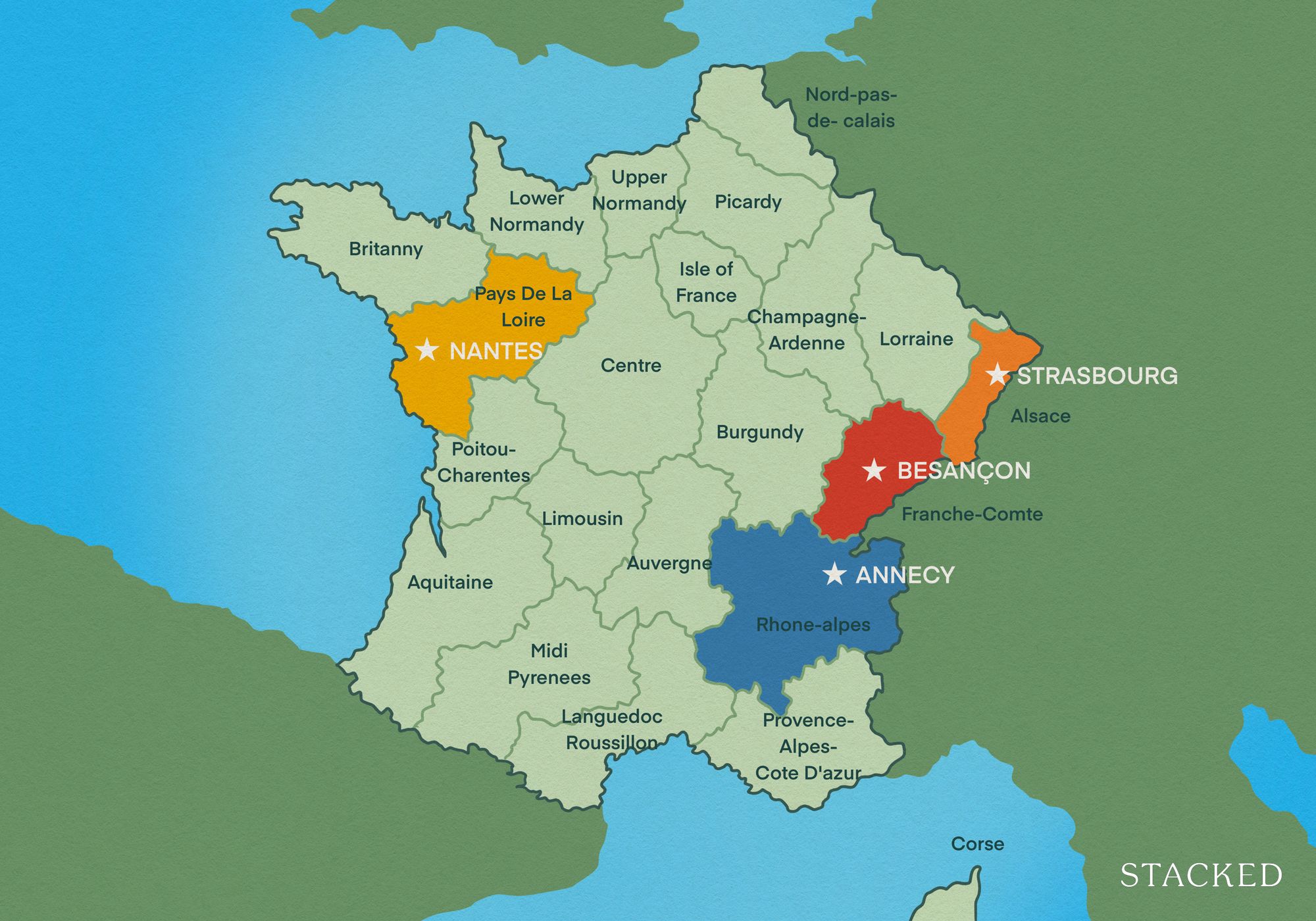
Overseas Property Investing Where Should Singaporeans Buy Property In France? A Full Guide For Young Investors
Latest Posts
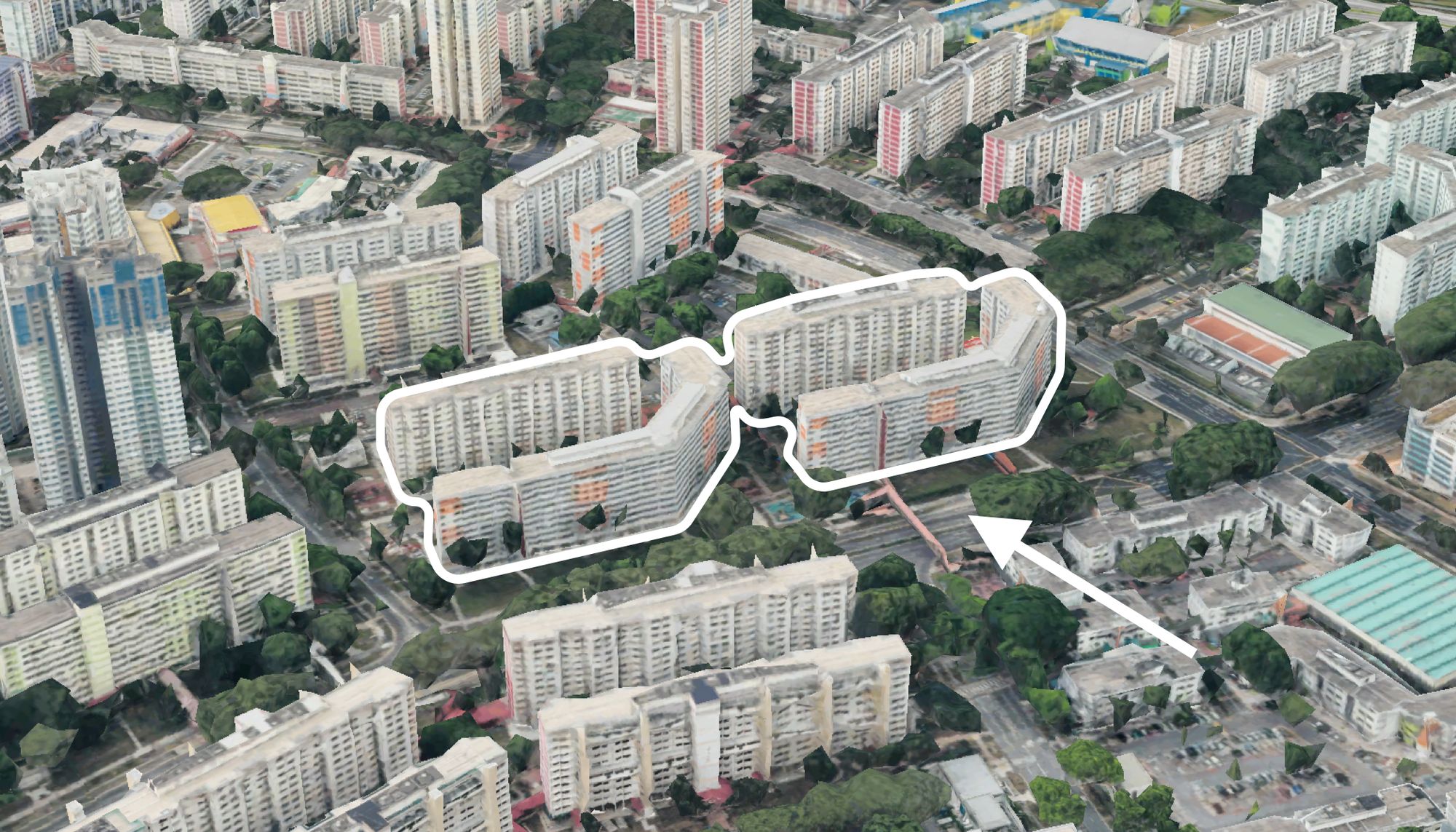
On The Market Here Are The Cheapest 4-Room HDB Flats in Central Singapore You Can Still Buy From $490K
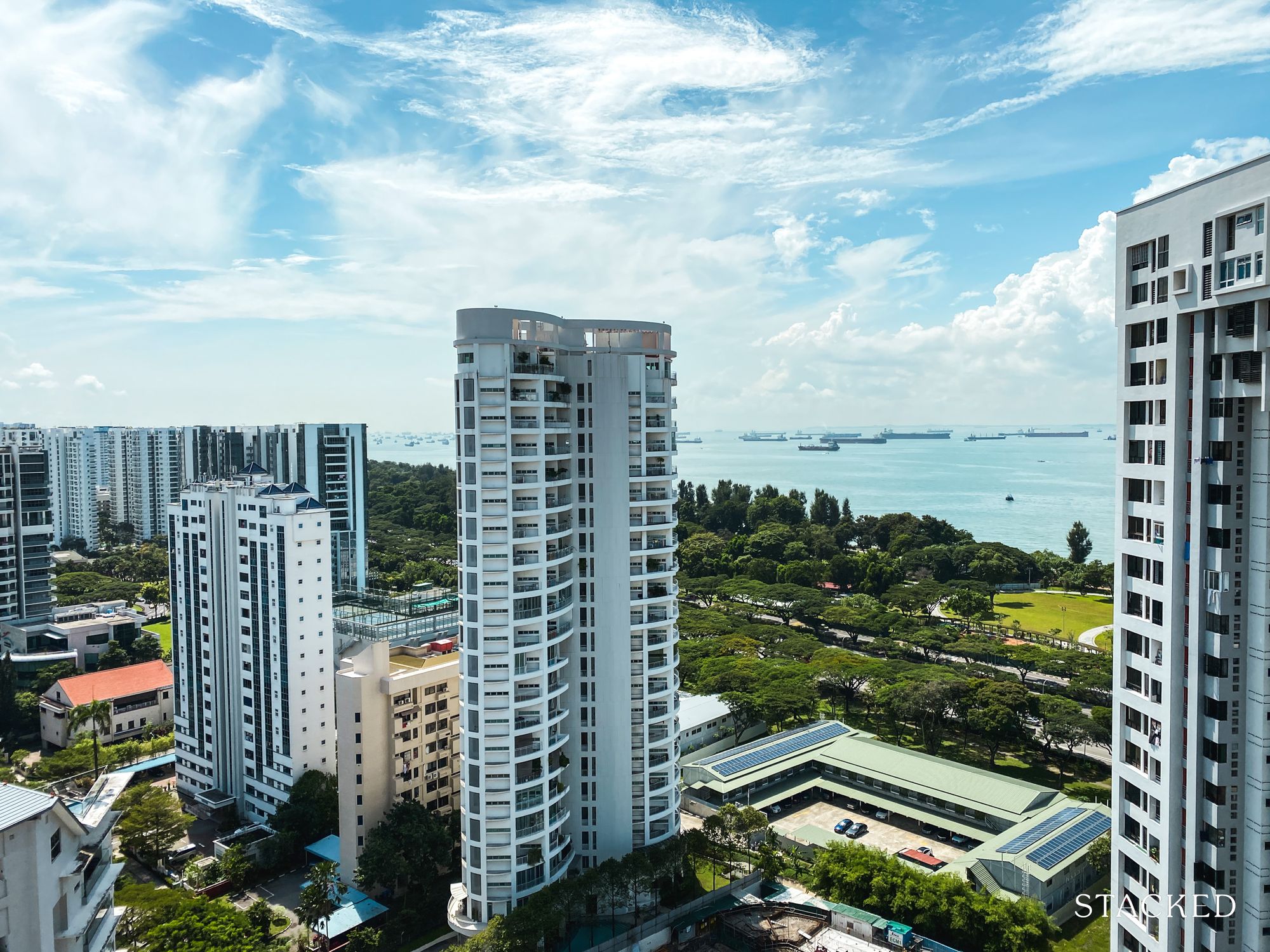
Editor's Pick Should We Buy An Old 99-Year Leasehold Condo To Live In: Will It’s Value Fall When The Lease Runs Out?
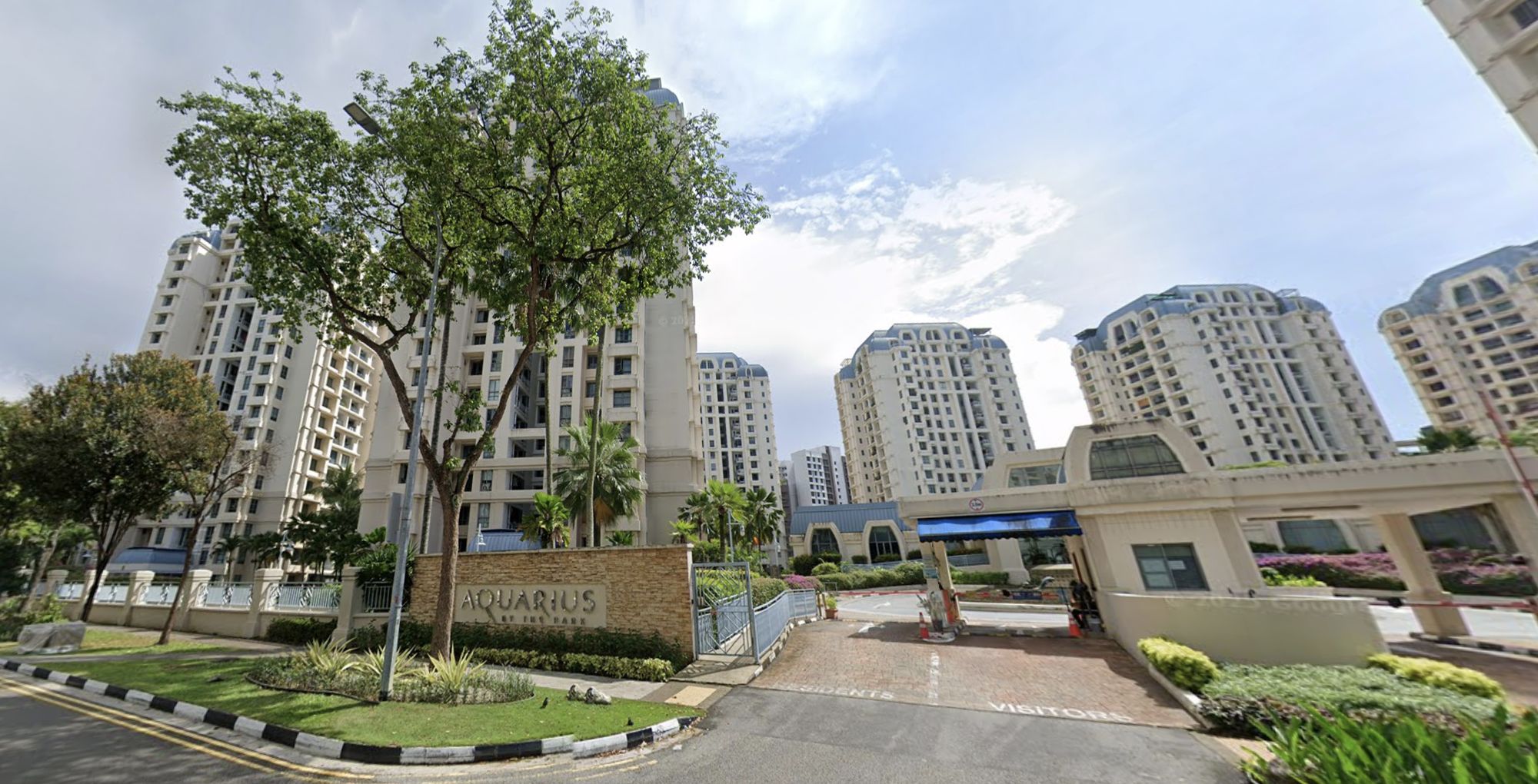
Pro How A Once “Ulu” Condo Launched In 1997 Became A Top Performer
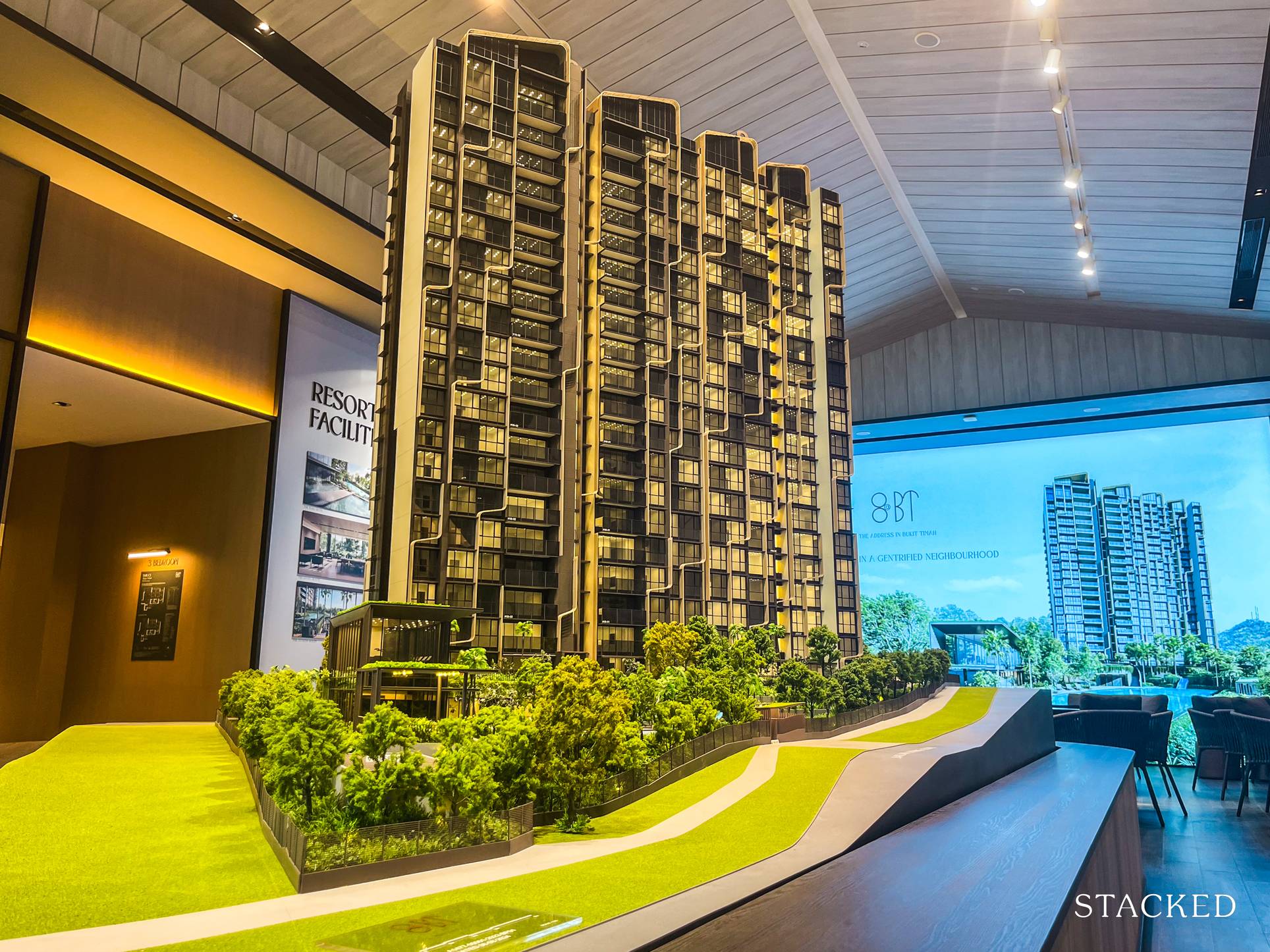
Editor's Pick I Reviewed A New Launch 4-Bedroom Penthouse At Beauty World

Property Market Commentary When Renting In Singapore Is The Smarter Move — And Buying Can Wait
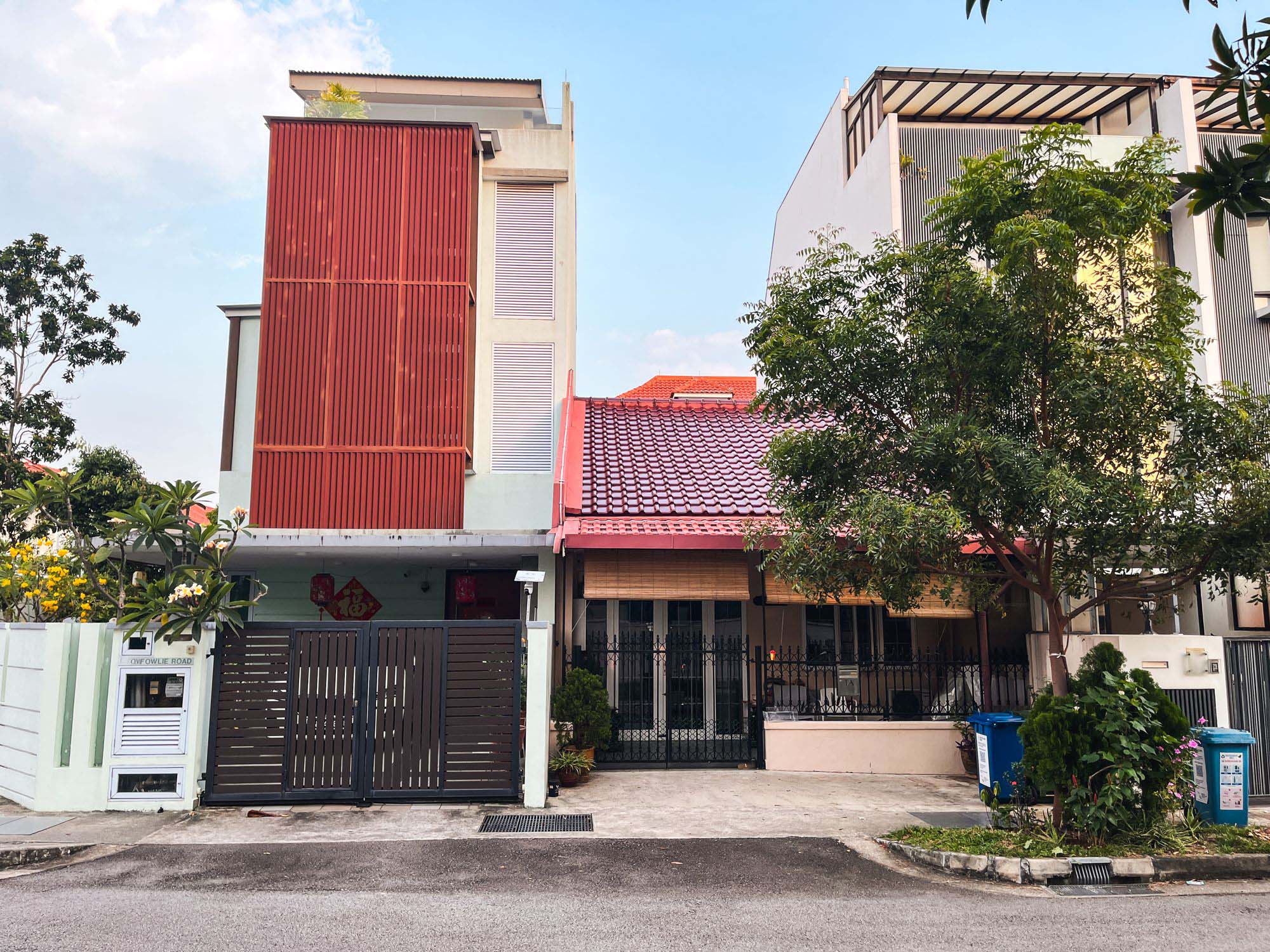
Editor's Pick Why Singaporean Families Are Looking At This Landed Enclave From Around $4M
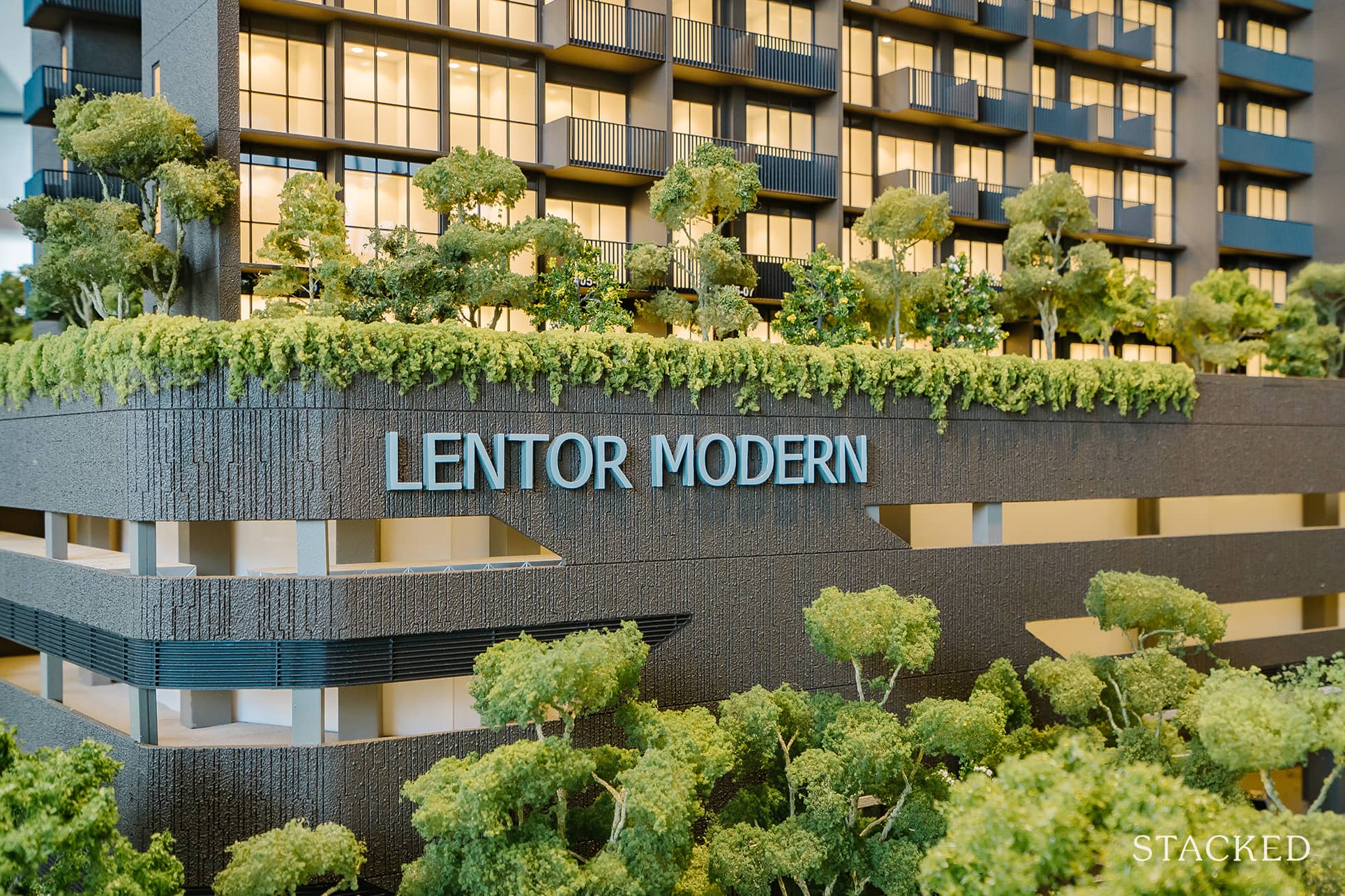
Singapore Property News Lentor’s First Condo Is Complete — The Early Profits May Surprise You
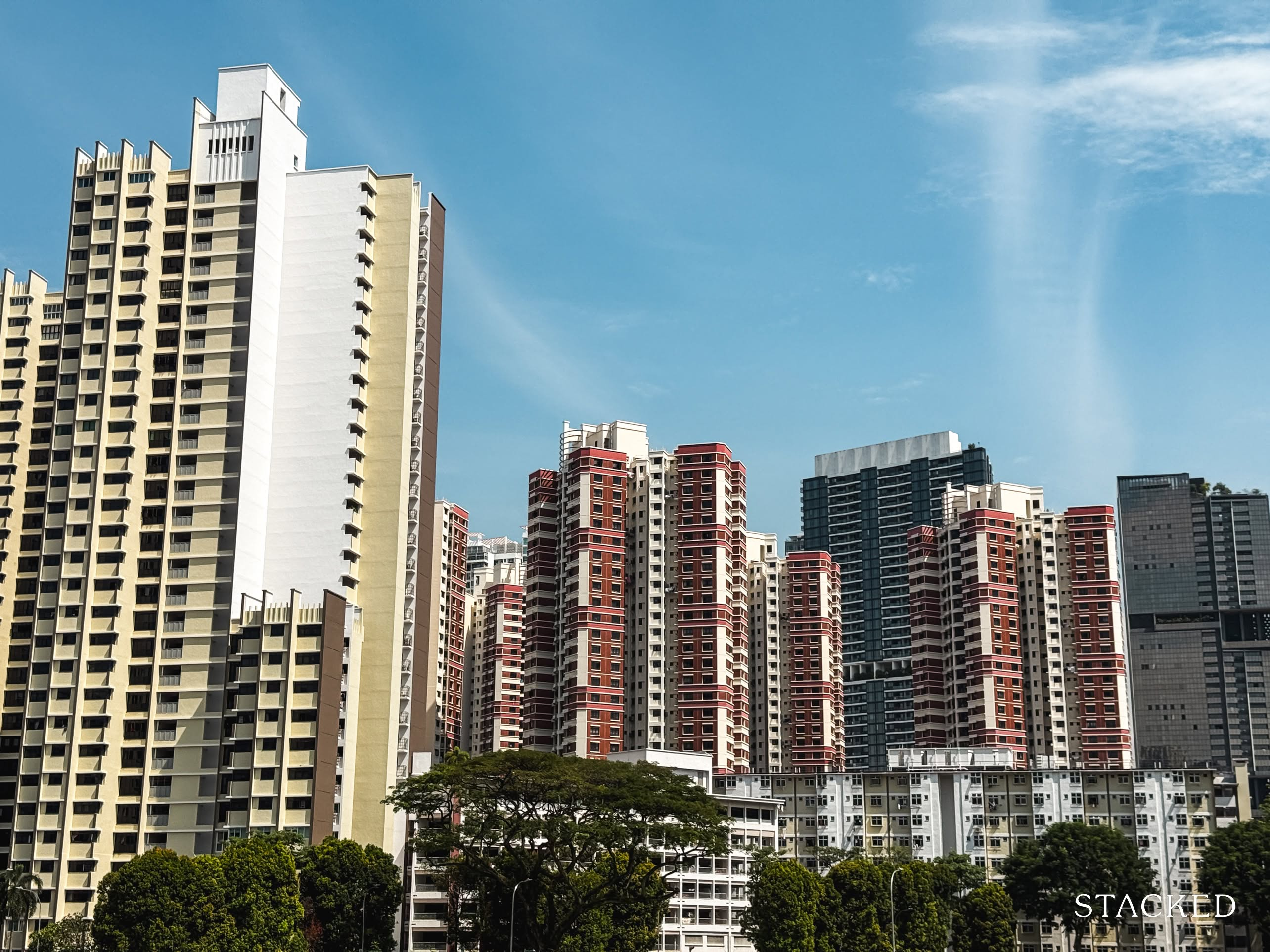
Editor's Pick A Wave Of New HDB Resale Supply Is Coming In 2026: Here’s Where To Find Them

Property Advice We Own A $800K 1-Bedder And A $1.1M 3-Bedder: Is It Possible To Upgrade To A 4-Bedder Condo?
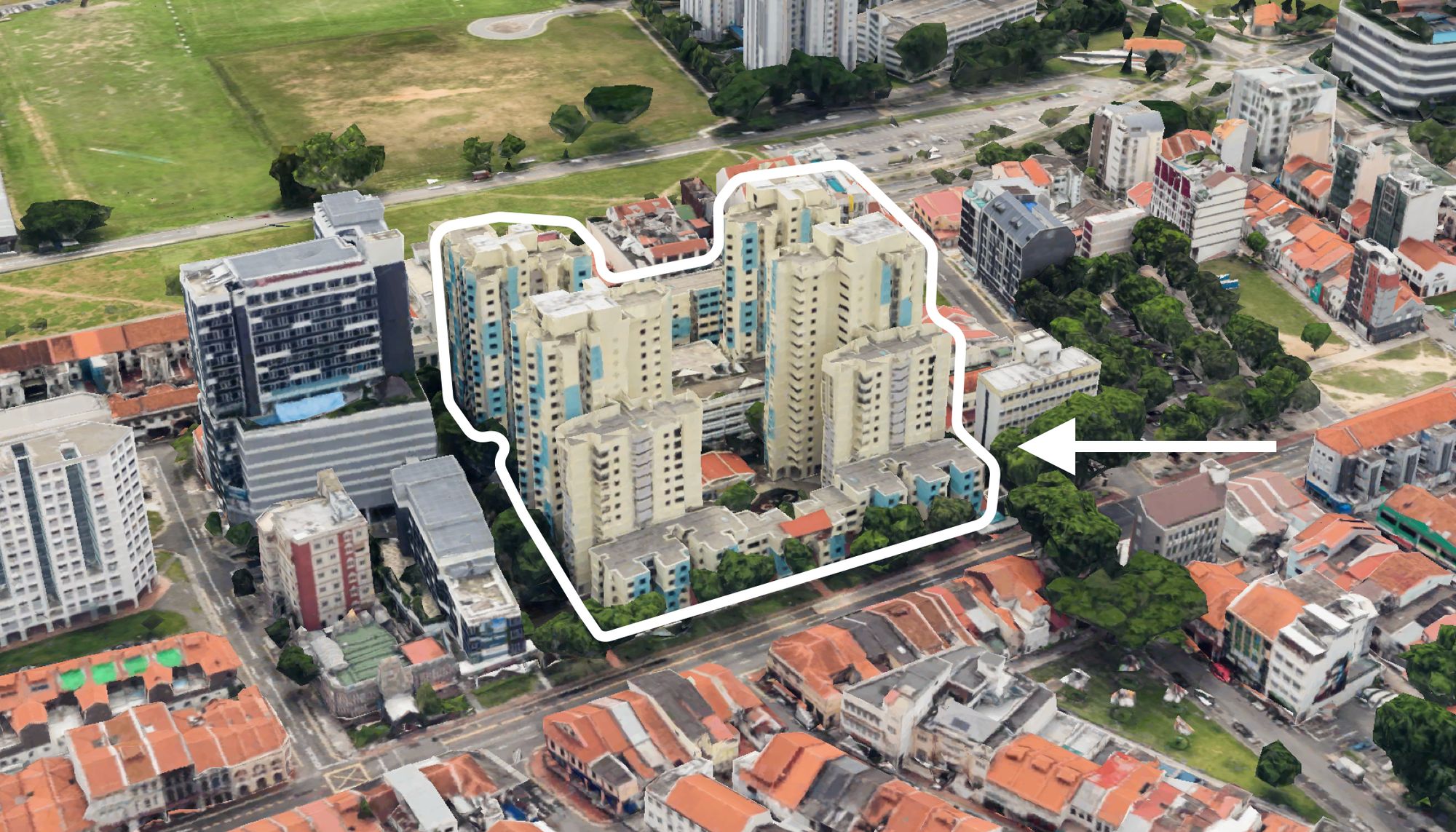
On The Market These Are Some Of The Cheapest 5-Room HDB Flats Left In Central Singapore
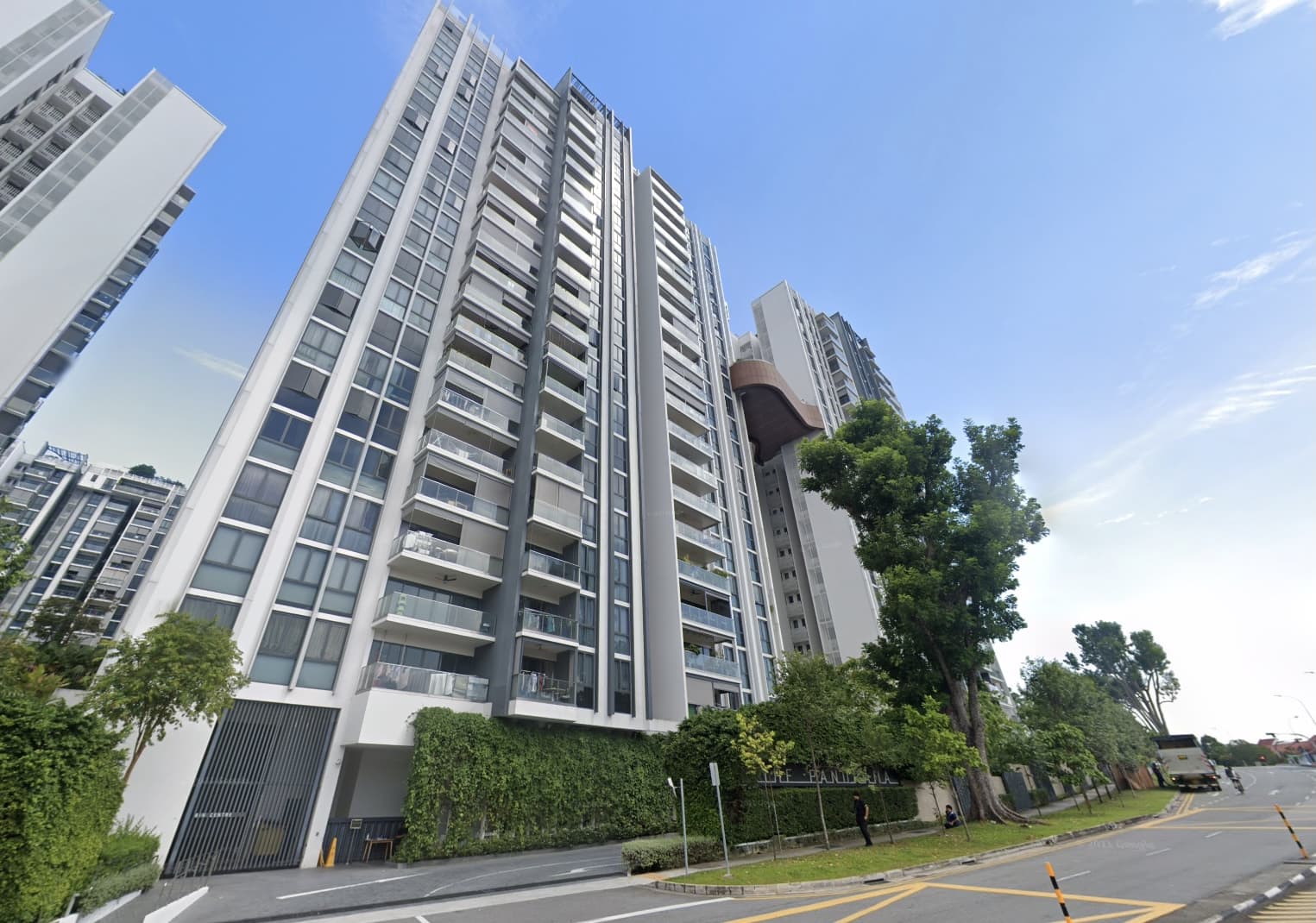
Pro This 698-Unit Ang Mo Kio Condo Launched At The Wrong Time — And Still Outperformed Peers
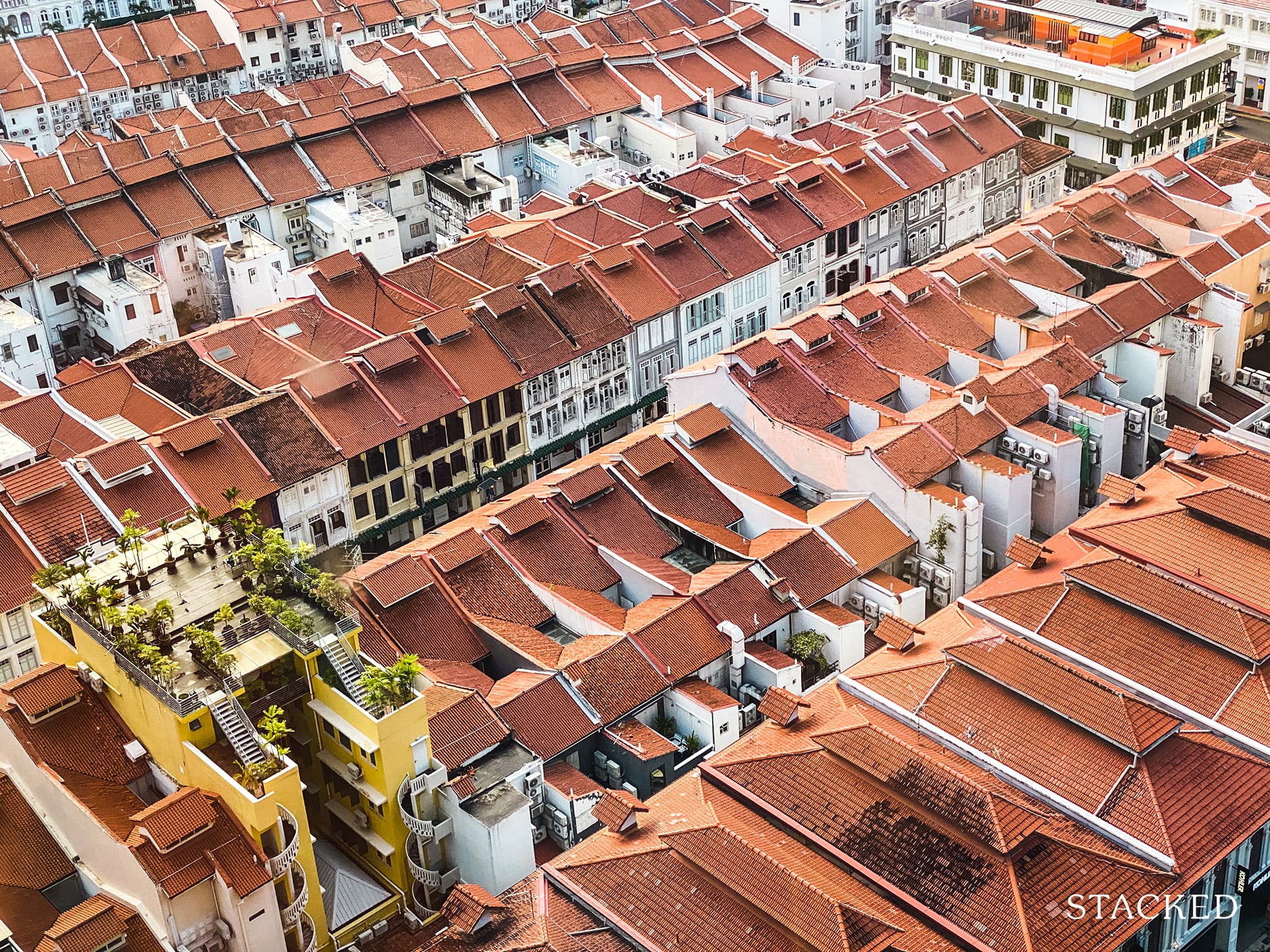
Singapore Property News $281.2M in Singapore Shophouse Deals in 2H2025 — But That Number Doesn’t Tell the Full Story
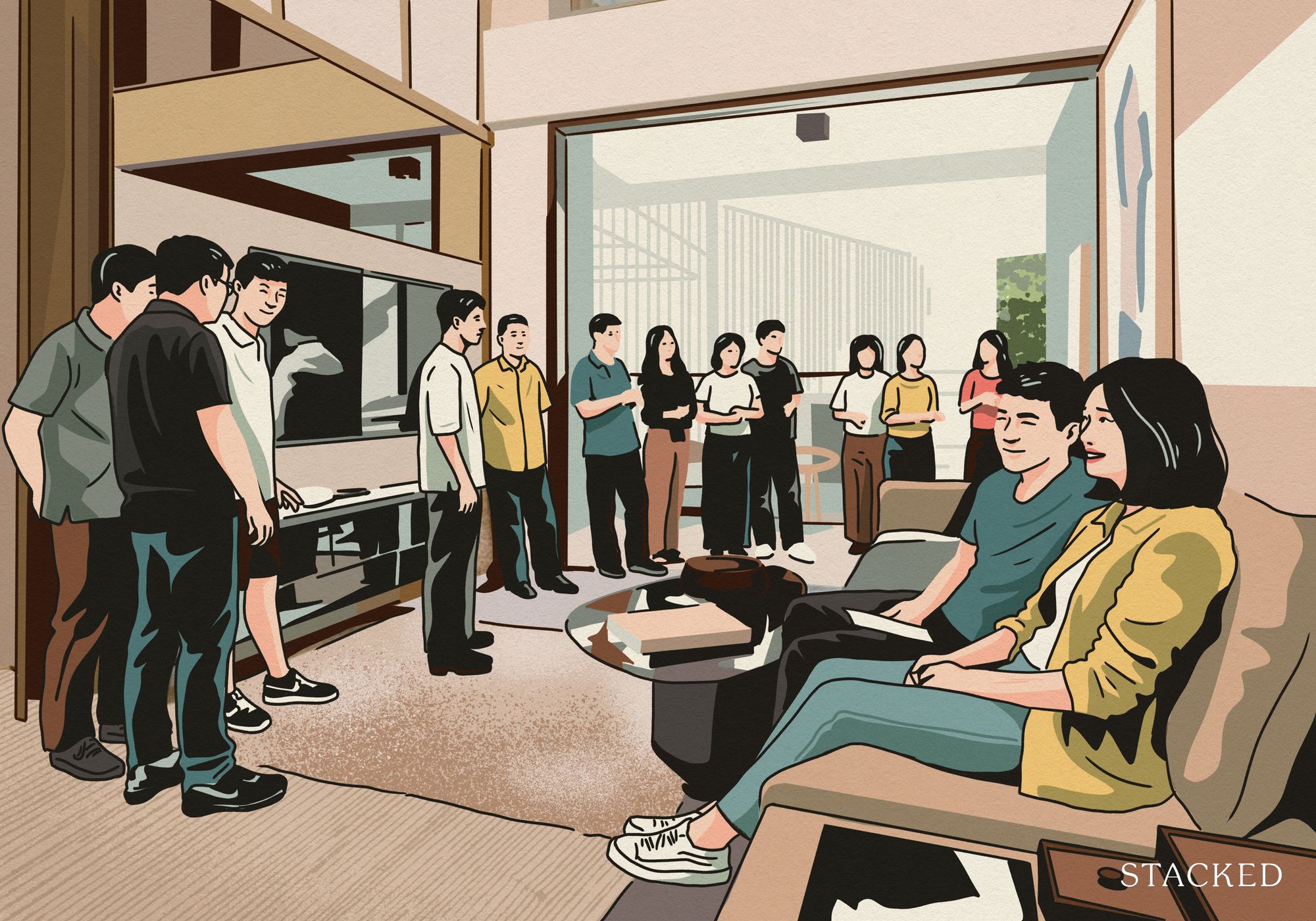
Property Market Commentary 5 Key Features Buyers Should Expect in 2026 New Launch Condos
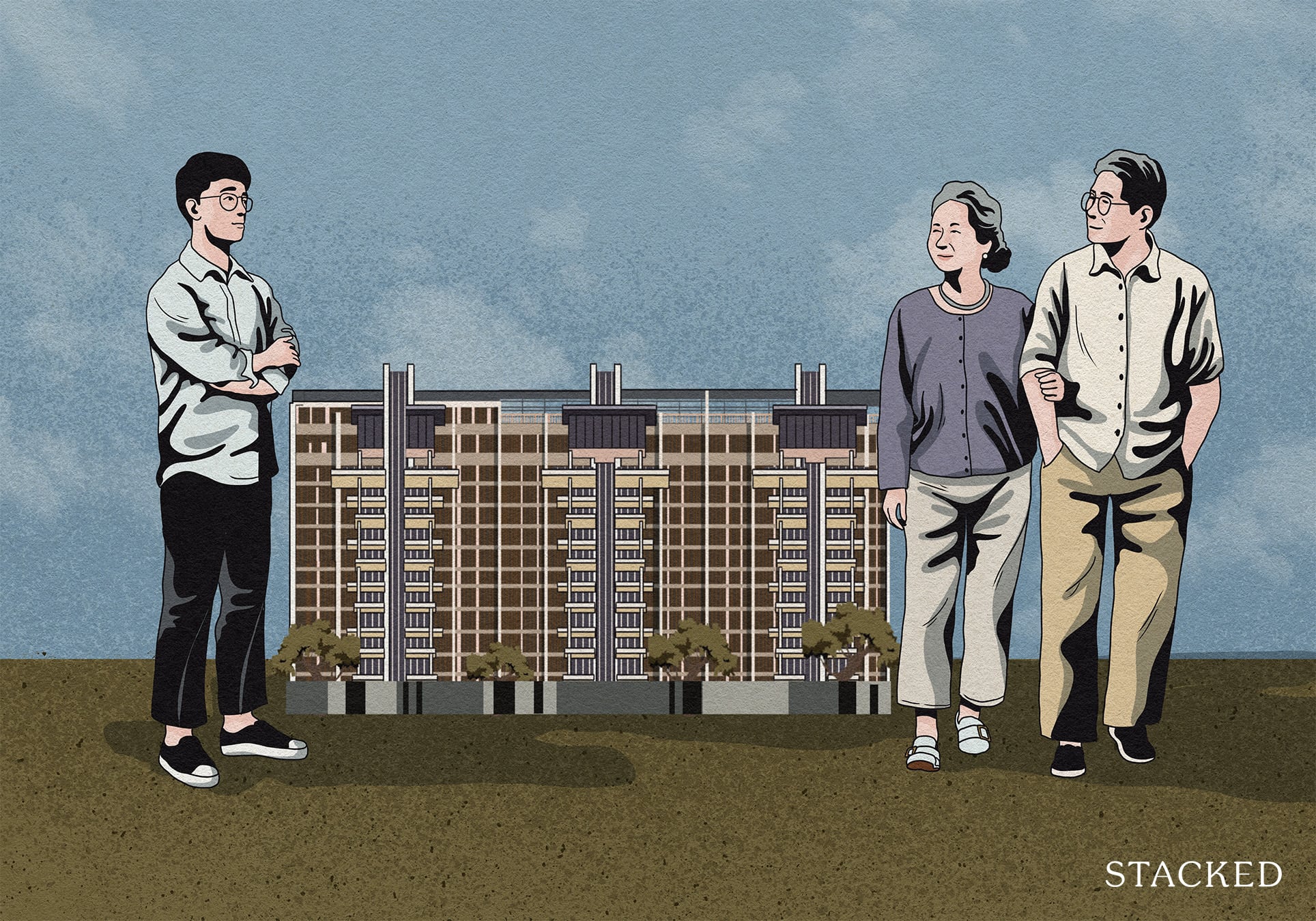
Editor's Pick What “Lucky” Singaporean Homebuyers Used To Get Away With — That You Can’t Today
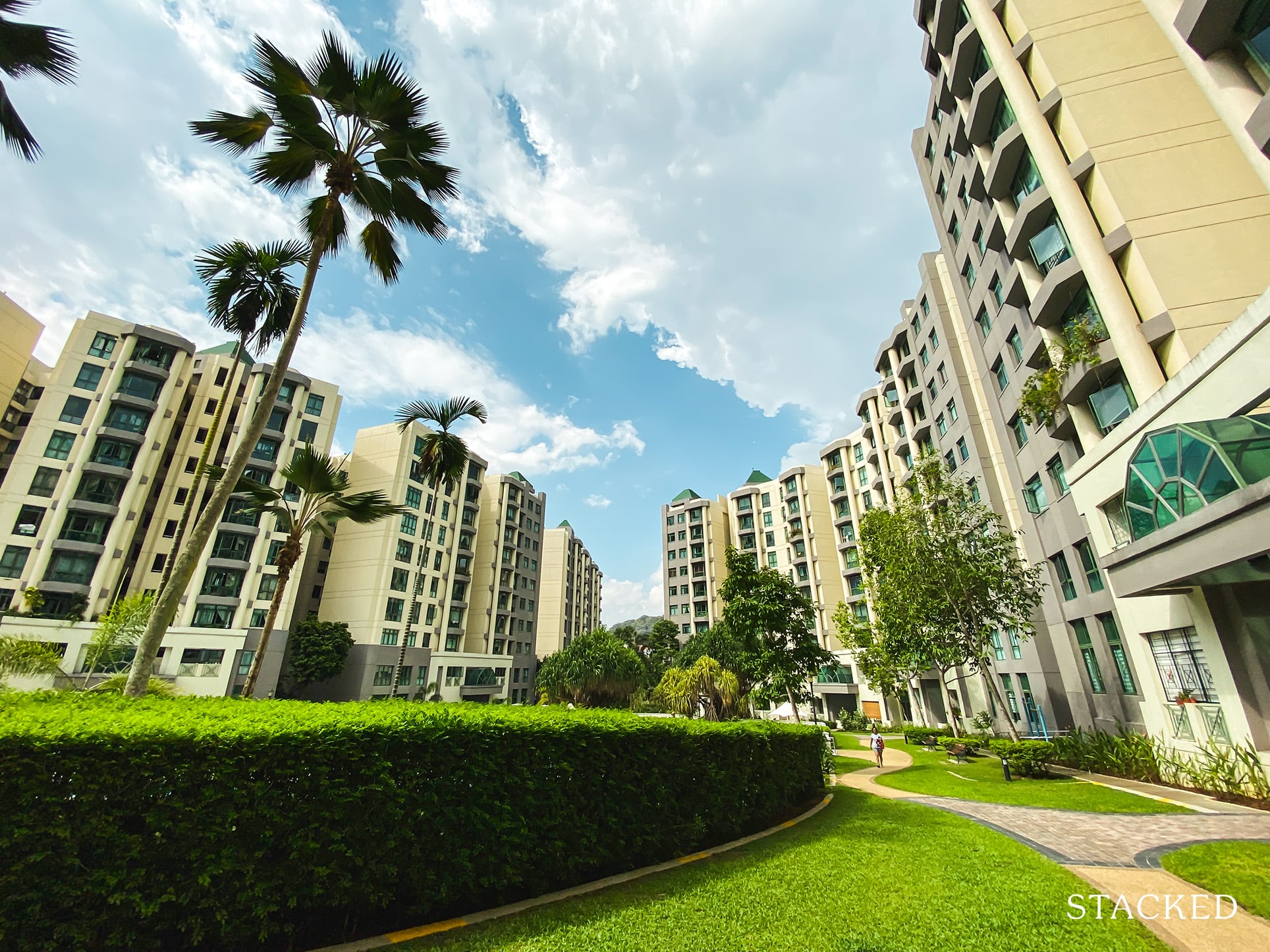
Property Investment Insights These Resale Condos In Singapore Were The Top Performers In 2025 — And Not All Were Obvious Winners


